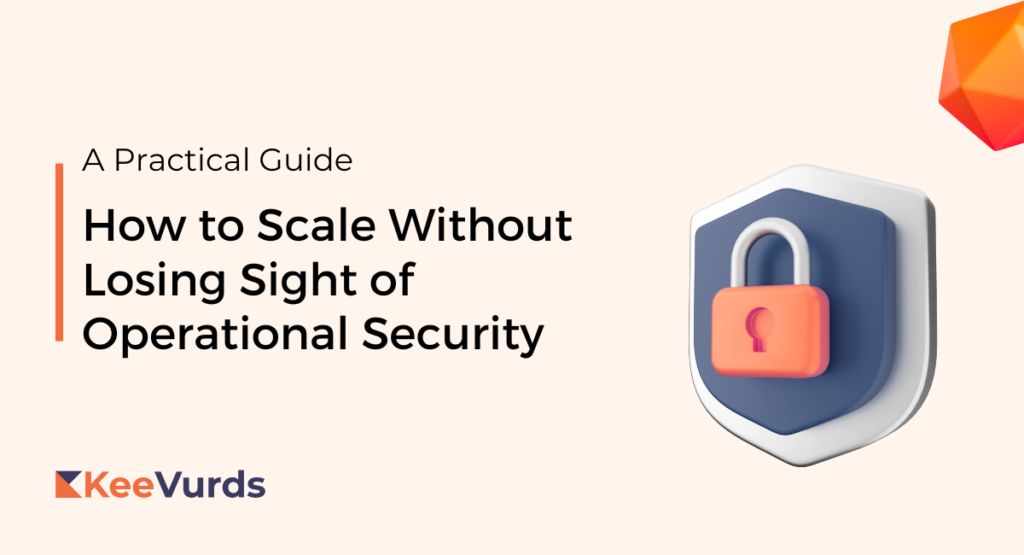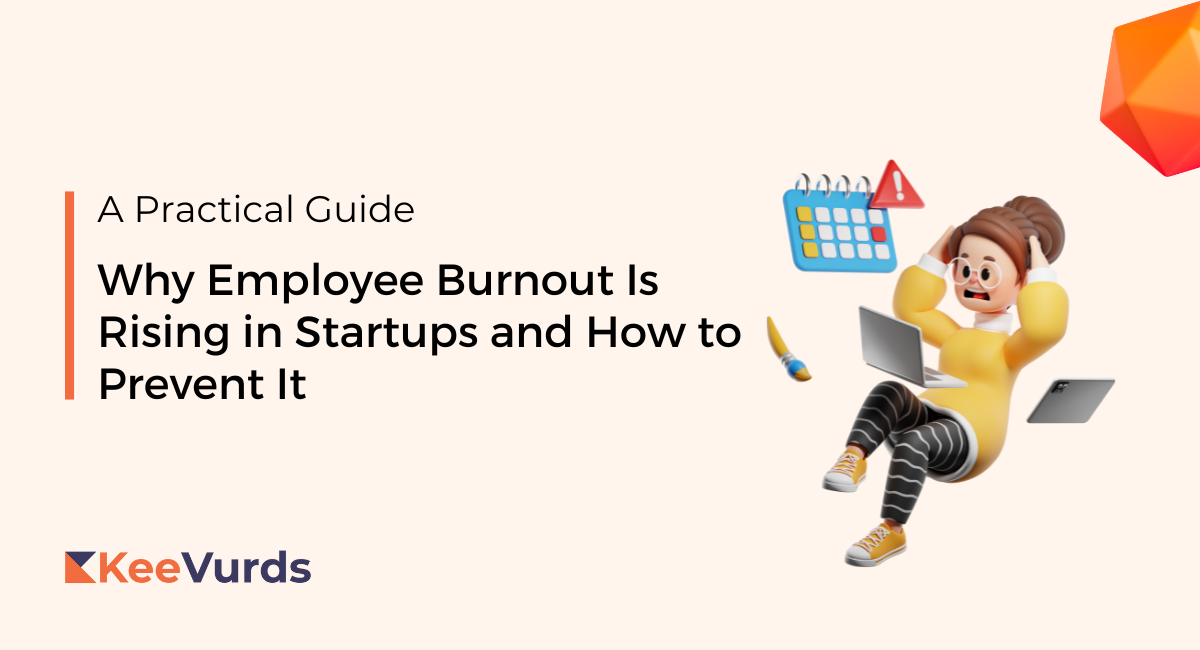Growth can feel like driving a sports car downhill: thrilling, fast, a little bit reckless. One minute you’re a tight-knit crew sharing a couple of sets of van keys; six months later you’re coordinating three shifts, half a dozen access fobs, and a fleet that never seems to be in the right place.
Somewhere along that curve, security – physical and digital – can start to become an afterthought. Below is a road map that can help businesses to grow sustainably, without losing sight of operational security.
Start with the basics
Ask three questions about every asset you own: What is it? Where is it? Who can use it? If you can’t answer in under a minute, the foundation is already cracked. Before rolling out new sites or bringing more people into the picture, make sure that you take these basic asset management concerns seriously, building your system on those requirements.
Track everything important
Swipe cards log themselves; metal keys, on the other hand, do not. The solution isn’t another manual spreadsheet, it’s a smart cabinet or locker system from somewhere like Tracka España that can also help you expand to regional bulbs like spain.
Staff take out a key or tool, the cabinet timestamps it, and returns trigger an automatic check-in. Audit trails are made in seconds. You cut “Who has the forklift fob?” emails to zero inside a week. Insurers also love seeing hard data that shows you’re taking security seriously.
Automate access changes
People change roles, contractors roll on and off site, and people will forget to hand back site badges. Tie your HR or directory system to both software access and key-cabinet rights. One click: account disabled, keys off-limits. No rogue credentials lurking in a drawer somewhere, waiting for an accident to happen.
Plan for security breaches
Something will go wrong – lost laptops, stolen vans, leaked passwords. Build your response strategies into your business model: segmented networks, separate tool pools for each site, and limited admin rights. If a thief grabs a key set, he shouldn’t get the master for every location.
Run drills quarterly. Something basic, like saying “a delivery driver just phoned – he can’t find the van keys.” How fast can you pull the cabinet log? Who freezes the fuel card? Speed beats blame.
Make effective training manuals
A lot of security policy manuals just collect dust. Instead, give every new hire a really basic, five-minute drill: things like how to sign out a key, what to do if something’s lost, who to call at 2 a.m. Repeat it until it’s muscle memory. Embedding your operational security strategies in company culture beats policy, every single time.
Scaling safely isn’t about buying the biggest firewall or hiring a security guru. It’s weaving visibility into daily habits – knowing which laptop, which van, which key is in whose hands right now. Do that, rehearse the worst-case, watch the metrics like any other KPI, and that exciting scaling journey can stay fast, but the wheels stay on.



